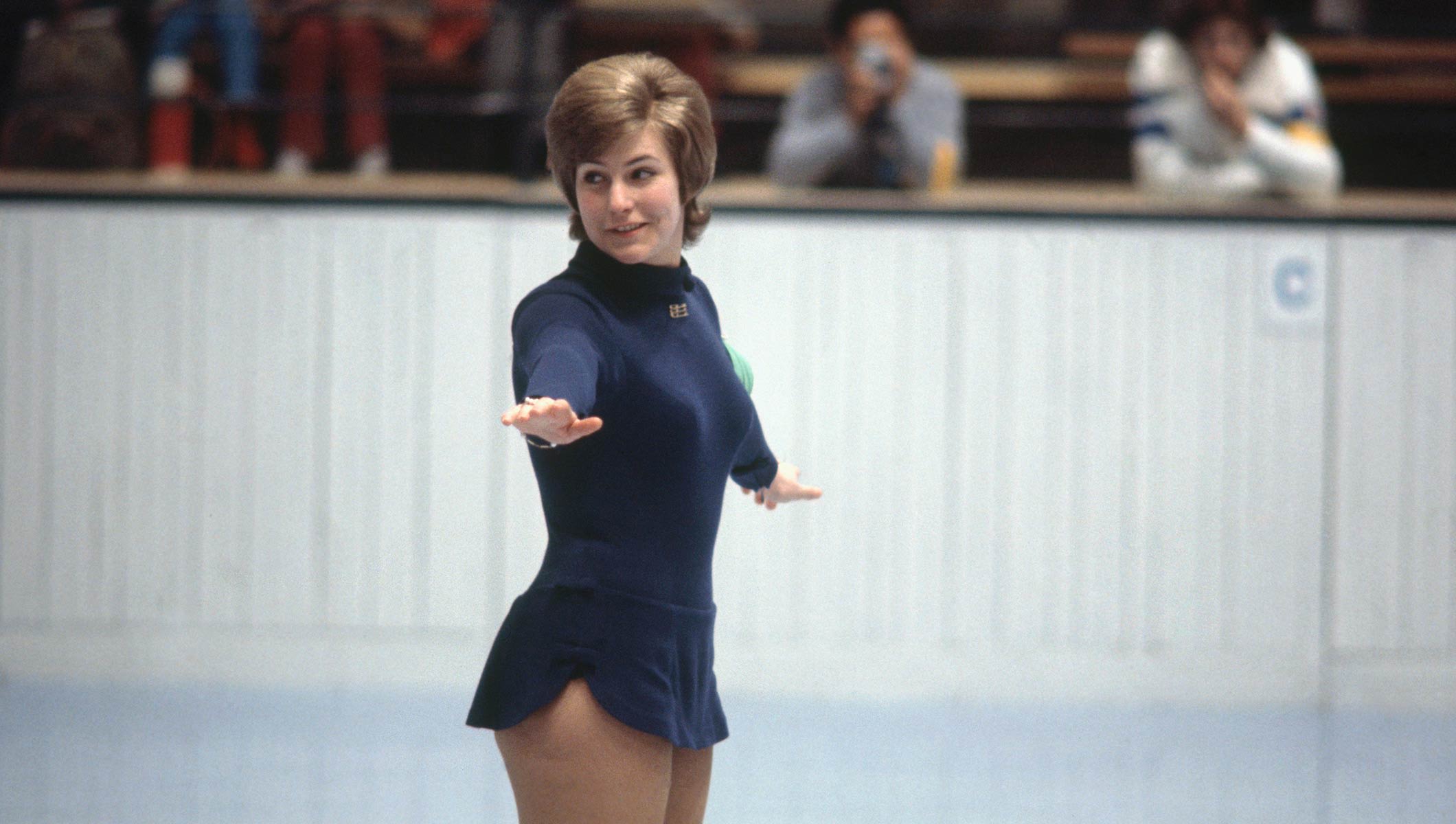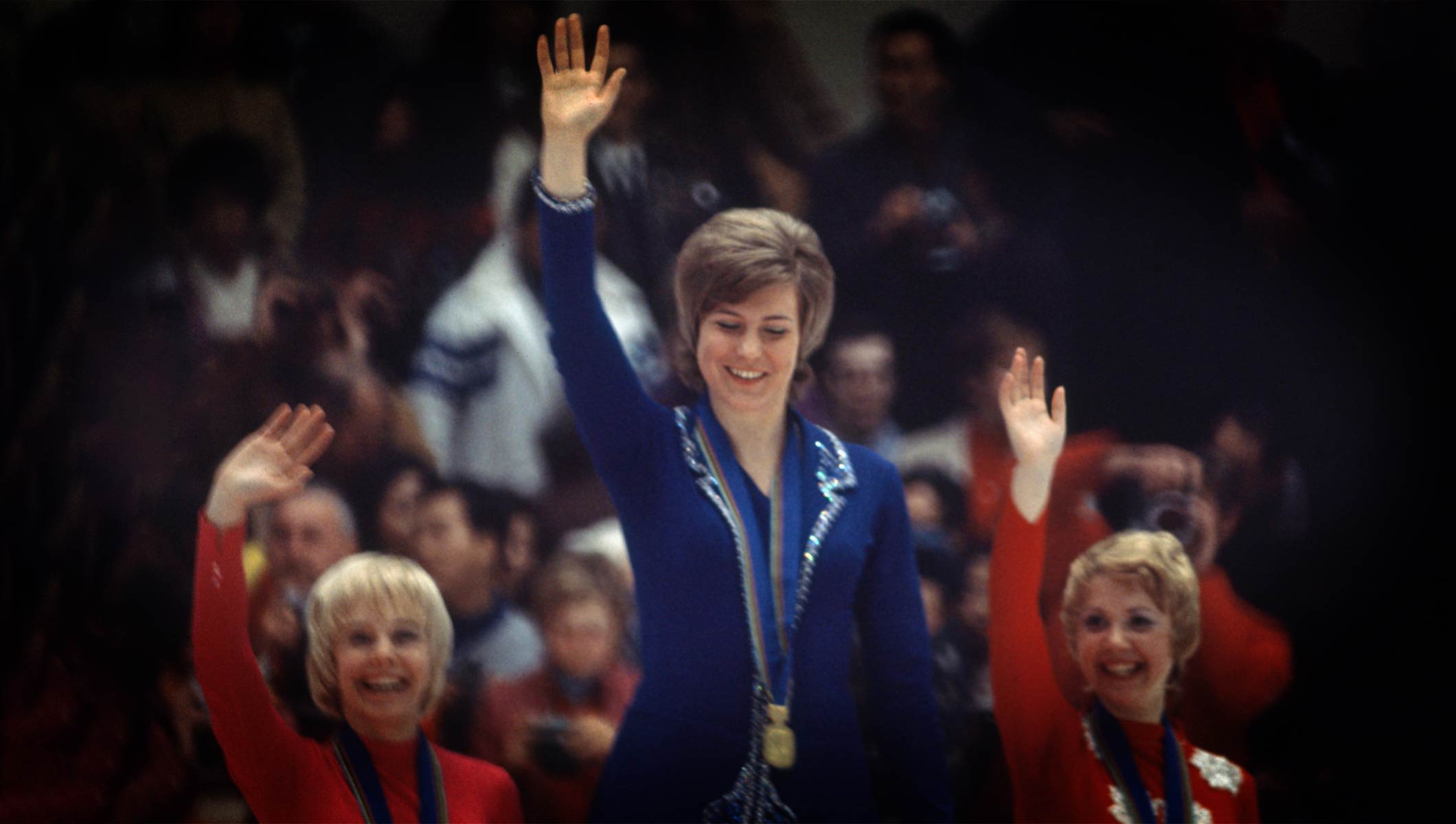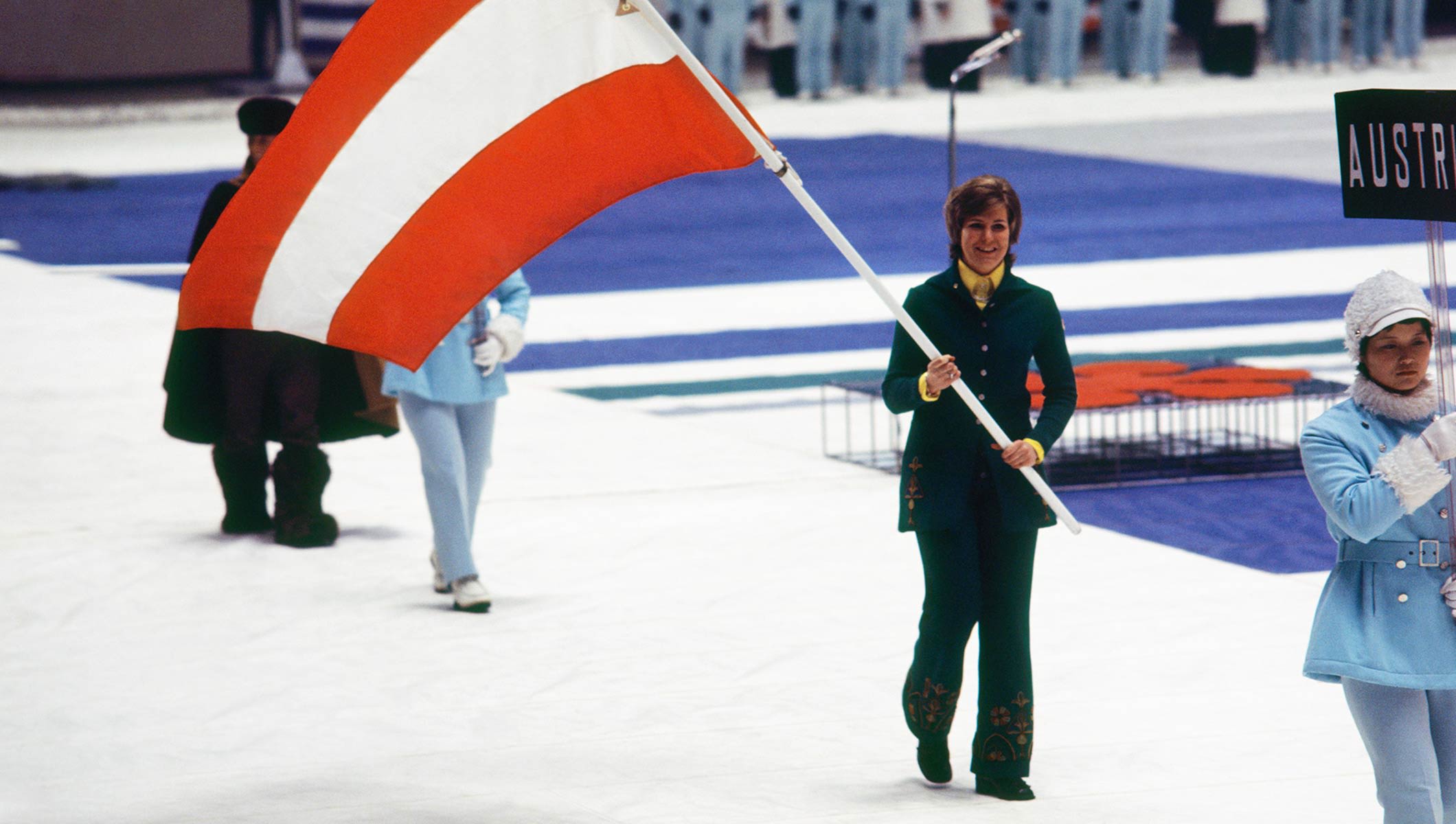In Sapporo on 7 February 1972, compulsory figures made for compelling viewing
Beatrix Schuba is still today Austria’s most recent Olympic figure skating champion, and only its second after Herma Szabo in 1924. And in 1972, she was also her country’s last world champion. She owed her victory in Sapporo to her excellence in the compulsory figures, a part of skating competitions that was scrapped at the start of the 1990s.
“Figure eight”, “3 turn”, “counter turn”, “rocker turn”, “bracket turn”, “loop”, etc.: these are all terms from the compulsory figures in figure skating, the most important part of any competition until the 1970s, accounting for up to 60 per cent of the final marks.
They are a series of predefined geometric figures based on circular patterns that skaters had to execute flawlessly on the ice, on one foot, on both feet, on one edge and then the other, forwards and backwards. The judges awarded marks for precision of execution based on the marks left on the ice. To see these, they stood on the ice itself, as close to the skaters as possible.
But things began to change by the time of the Games in Sapporo in 1972, with the weighting for the compulsory figures reduced to match that of the free skate programme.

This was when Austria’s Beatrix “Trixi” Schuba made her Olympic debut. Born on 15 April 1951 in Vienna, she started figure skating at the age of just five, and specialised in the compulsory figures, at which she excelled. Trained by Helmut Seibt, she was national champion six times, from 1967 to 1972, and European and world champion in 1971 and 1972.
Brilliant enough in the compulsory figures to win gold
On 4 February 1972 on the Olympic rink in the Mikaho Gymnasium in Sapporo, Schuba was once again outstanding in the compulsory figures, taking a big lead over her rivals, starting with America’s Julie Lynn Holmes, thanks to her precision and quality of execution. Big enough to determine the final result, in fact. The free skate on 7 February would not change the outcome. Less comfortable in this part of the competition, Schuba placed only seventh, while America’s Janet Lynn and Canadian skater Karen Magnussen made the most of their jumps and spins, finishing first and second in this part of the competition.
Lynn, who was fourth after the compulsory figures, took the bronze medal, Magnussen the silver, and Schuba the gold, in a unanimous decision by the nine judges, to make her the first (and so far still the only) Austrian Olympic figure skating champion since Herma Szabo in Chamonix in 1924.

She retained her world title in Calgary a month later, ahead of the same two skaters. The Austrian press voted her “athlete of the year 1972”, and then her country’s last figure skating world champion ended her amateur career. Schuba continued to display her talent for a number of years in the global “Ice Follies” and “Holiday on Ice” shows, before beginning a career in the insurance industry.
But she was still involved in sport generally, and figure skating in particular. She was the first female President of the Austrian Ice Skating Association from 2002 to 2006, a Board member of the Austrian NOC from 2004 to 2009, and the leader of various local associations, first in Graz, and more recently in her native city of Vienna. She also organises international competitions like the Ice Challenge in Graz.

A figure skating revolution in 1990
Meanwhile, the number and value of the compulsory figures in figure skating declined. After the Games in 1972, they accounted for only 30 per cent of the score, with the introduction of the short programme. And in 1988, the International Skating Union (ISU) decided to scrap compulsory figures altogether as of the 1990-1991 season. The last competitions to feature them were held in 1989 and 1990, and they accounted for just 20 per cent of the final score.
Since then, competitions have begun with the short programme, which lasts around two-and-a-half minutes and includes mandatory elements such as spins, jumps and steps, followed by the free skate programme, whose freely chosen choreography lasting between four and four-and-a-half minutes has become the most important moment in terms of both popularity and score. As a result, there is no longer a particular section in which a skater can gain a decisive lead, as used to be the case with the compulsory figures. These had their own aesthetic, requiring precision, balance, spatial awareness and special technique.

Schuba was one of the greatest ever compulsory figures skaters, and the last to have achieved Olympic success thanks to this part of the competition.